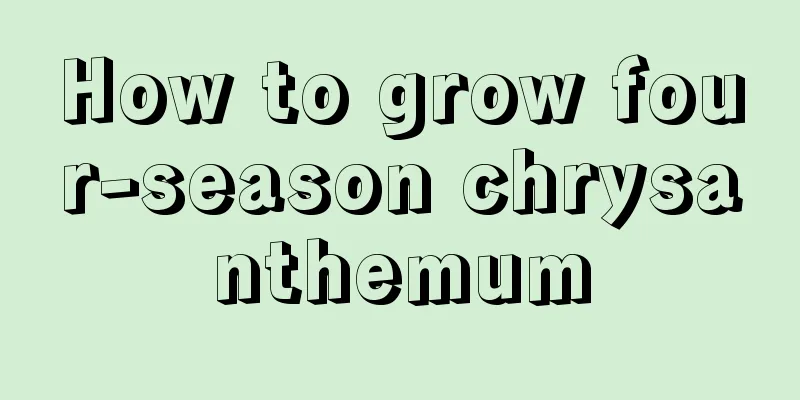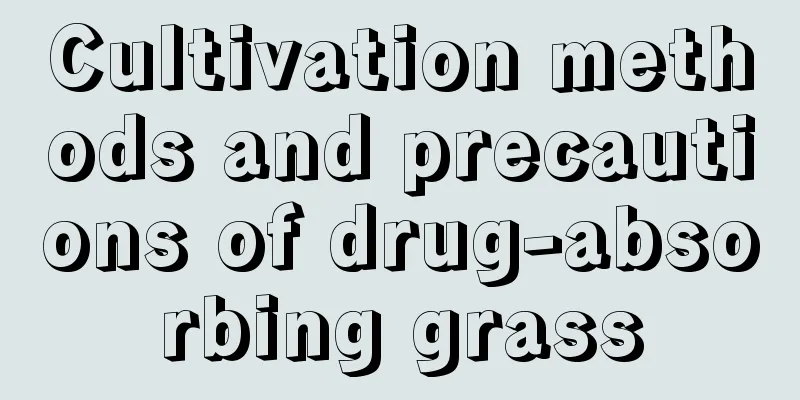How to cultivate garlic orchid

one. Growth habitIf you want to grow a plant well, you must have a certain understanding of the plant itself. To this end, let’s first look at the characteristics of the garlic orchid. Garlic orchid likes a cool, well-ventilated, semi-shaded environment. It is relatively cold-resistant and the lowest temperature it can withstand in winter is above minus ten degrees Celsius. The flowering time is spring and summer every year. two. soilThe soil for growing garlic orchids must be loose, breathable and ventilated, and have strong water retention capacity. It is best to have a shallow flowerpot, and the bottom of the flowerpot should be well-drained and breathable. Use peat soil or leaf mold containing a lot of humus and fiber, and then add a layer of bark or some perlite on it. This kind of soil can be used as a base for potted plants or as potting soil. It is best to add some coarse-grained sand and gravel into the soil, which can stabilize the plant and prevent it from falling over. three. WateringThe most critical period for watering the garlic orchid is the early stage of its growth. At this time, its root vegetables begin to grow, but the flowering period is almost over. It is necessary to water it in small amounts and keep the soil from being too dry, which can promote its root growth. If you water it too much, it may cause its large roots to rot. But when its roots grow bigger, you can water it abundantly. When the leaves begin to grow rapidly, it means that its roots have taken root and you can water it abundantly from now on. In autumn, when the time of day and night changes, the garlic orchid will slowly enter a dormant period. At this time, its growth stops and its leaves turn yellow. You must water it less. When the leaves become particularly dry, you must completely stop watering. Four. FertilizationGarlic orchid prefers a light fertilizer with a smaller application frequency. The time for fertilization can only be during the flood season. At the beginning, you can use fertilizers with high nitrogen content, and later you can switch to formulas with higher phosphorus and potassium content. |
<<: The main varieties of colorful pineapple
>>: The difference between Thousand-root Grass and Ground Ivy
Recommend
How to grow pink trumpet creeper
1. Selection of potting soil When choosing a flow...
Several succulent plants that are not afraid of heat
1. David It is a small succulent plant. Its leave...
How to divide tulip bulbs? How to divide tulip bulbs?
1. Ball distribution time There are two steps to ...
Tomato seedling time
1. Seedling raising time Most tomato seedlings ar...
How to prune blue flower
Pruning time The best time to prune blue flowered...
This kind of "bean", known as a "superfood", is rich in high protein!
Whether it is dumplings in the north or rice nood...
How to pinch the tip of purple bamboo plum
1. How to pinch the heart When caring for and man...
I cut off all the leaves of the spider plant, and 15 buds sprouted overnight, and the pot was full in one month!
The spider plant is cut down and it explodes like...
Put a pot of it in the living room or bedroom to bring good luck and health, and keep away all mosquitoes!
Living room flower garden The living room is a pl...
Application of aspirin in potted plants
Aspirin can improve the survival rate of seedling...
What are the propagation methods of bulbous begonia
Seed propagation of bulbous begonia Choose spring...
How to grow melon seedlings
1. Pot soil preparation If you want to ensure the...
How to take care of newly bought roses
1. How to deal with newly bought roses When you f...
What is the reason for the mucus on Phalaenopsis leaves? What should I do if there is mucus on the plant?
1. Pests cause Reason: If there is mucus on the l...
Can gardenia be watered with Coca-Cola? How to water gardenia with Coca-Cola
Can gardenia be watered with Coca-Cola? Gardenia ...









